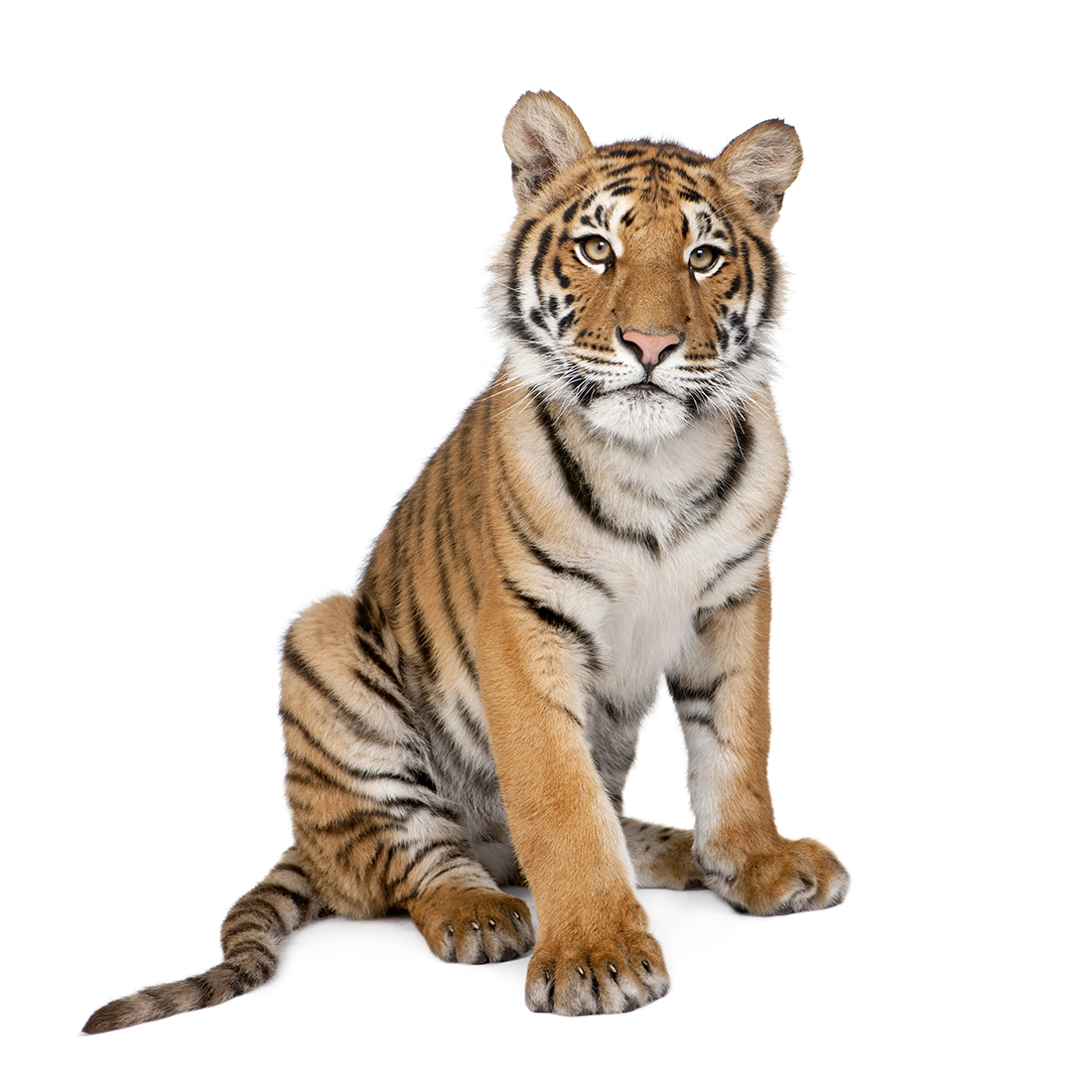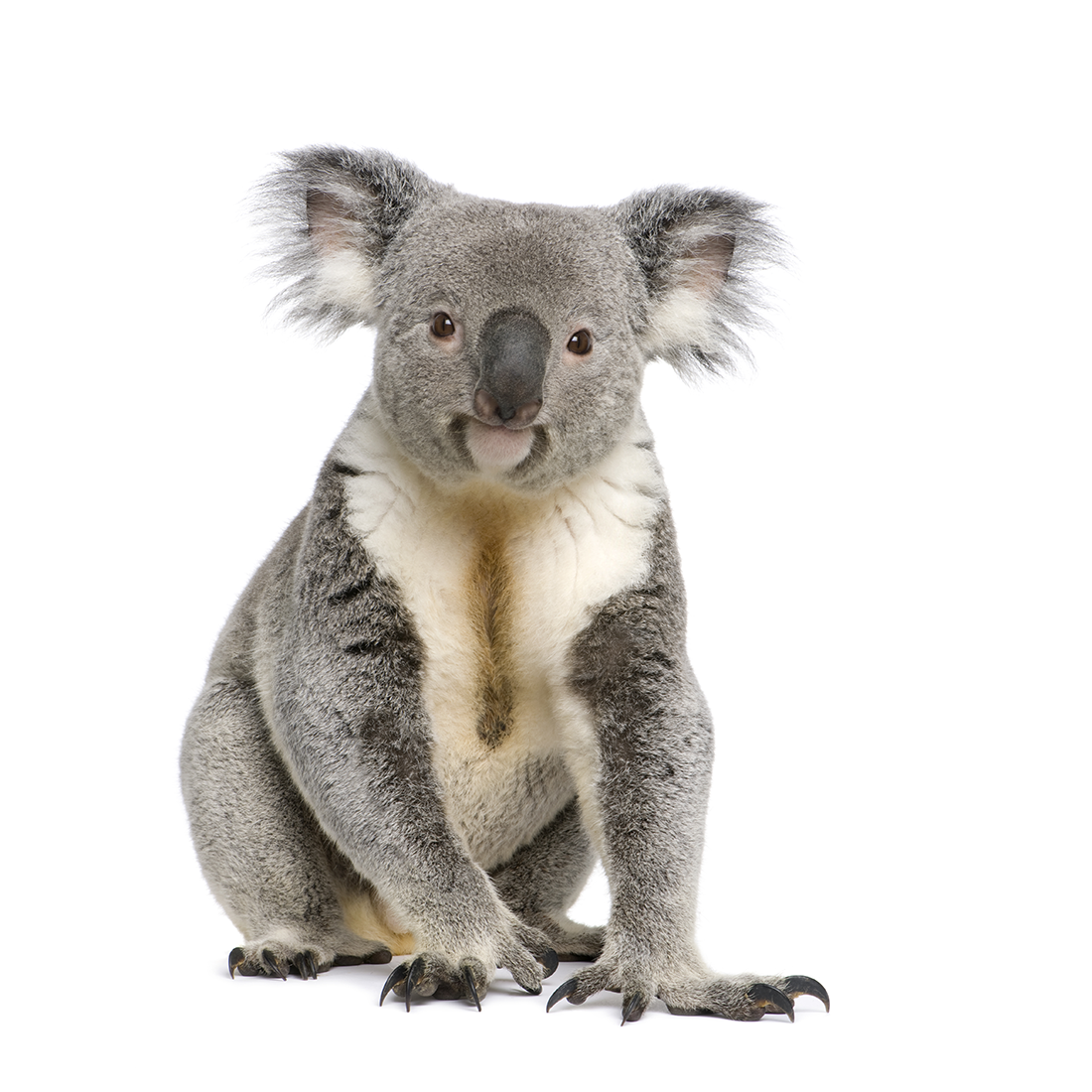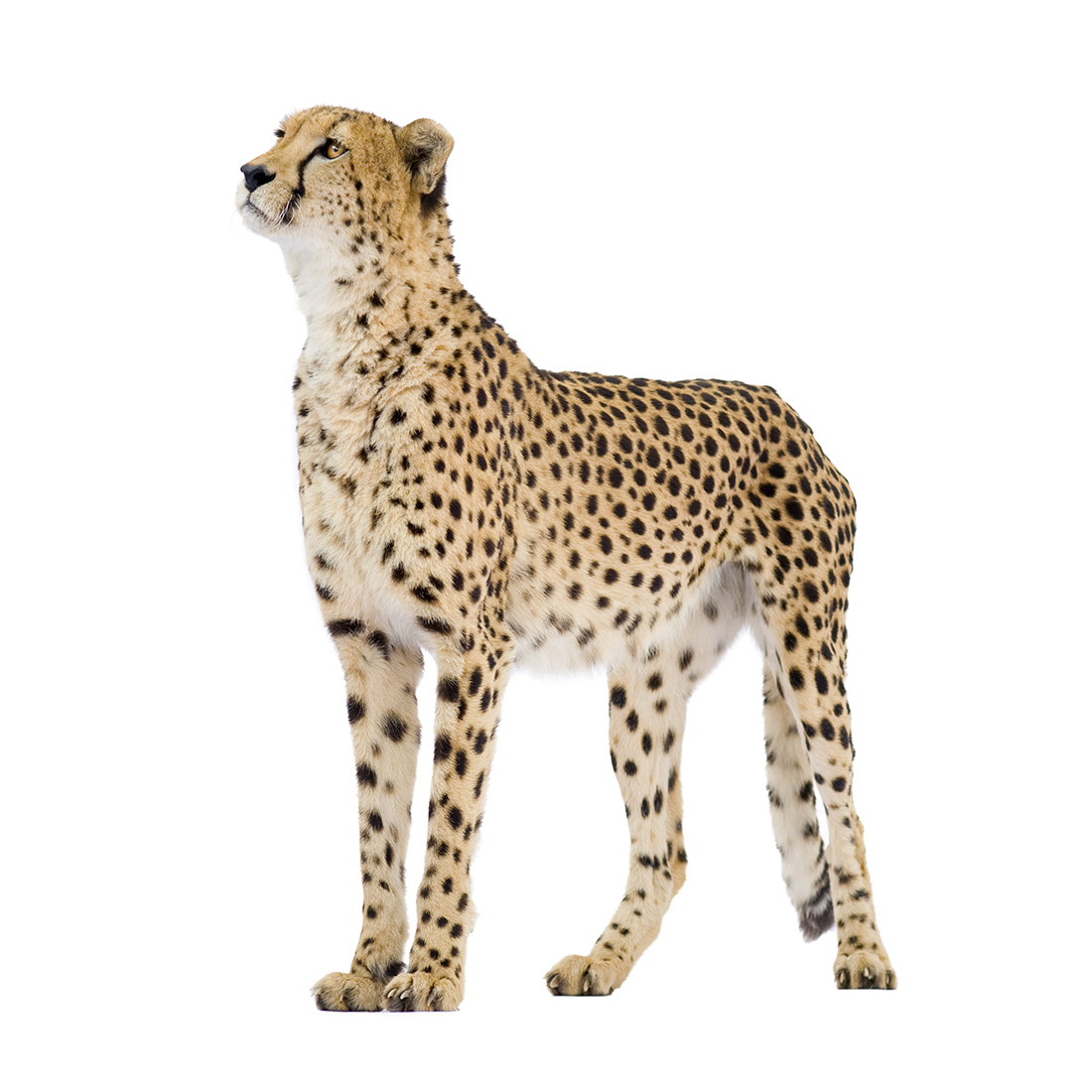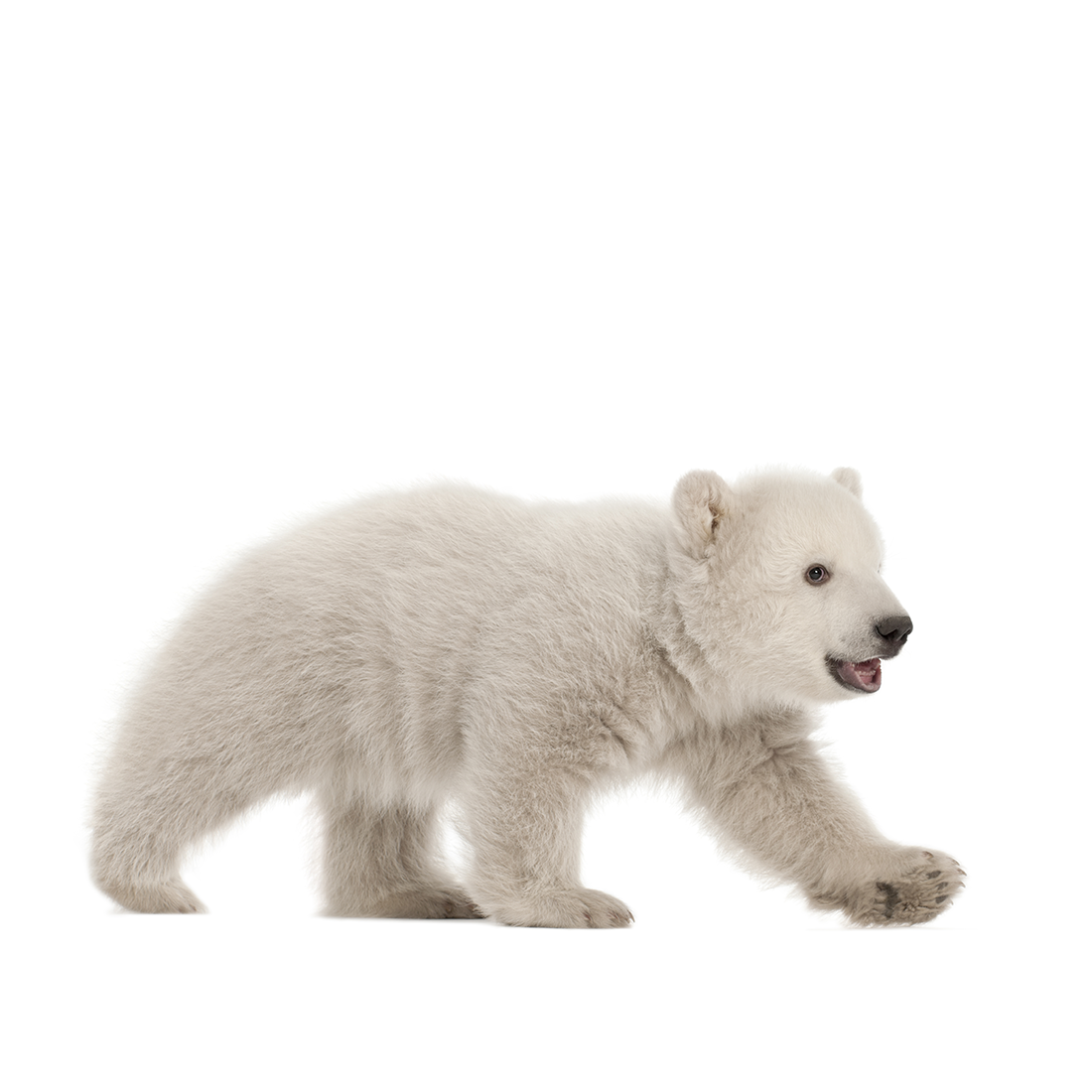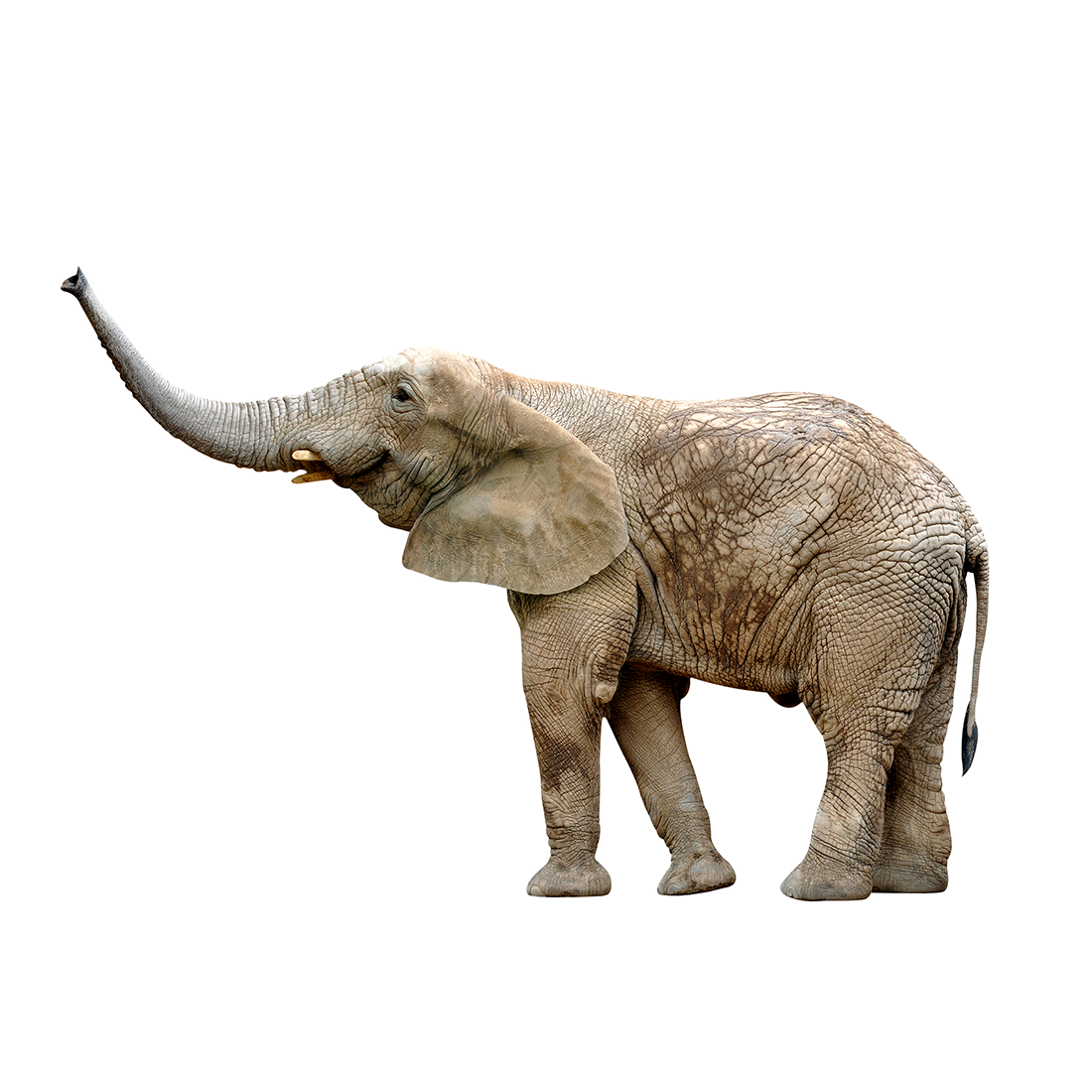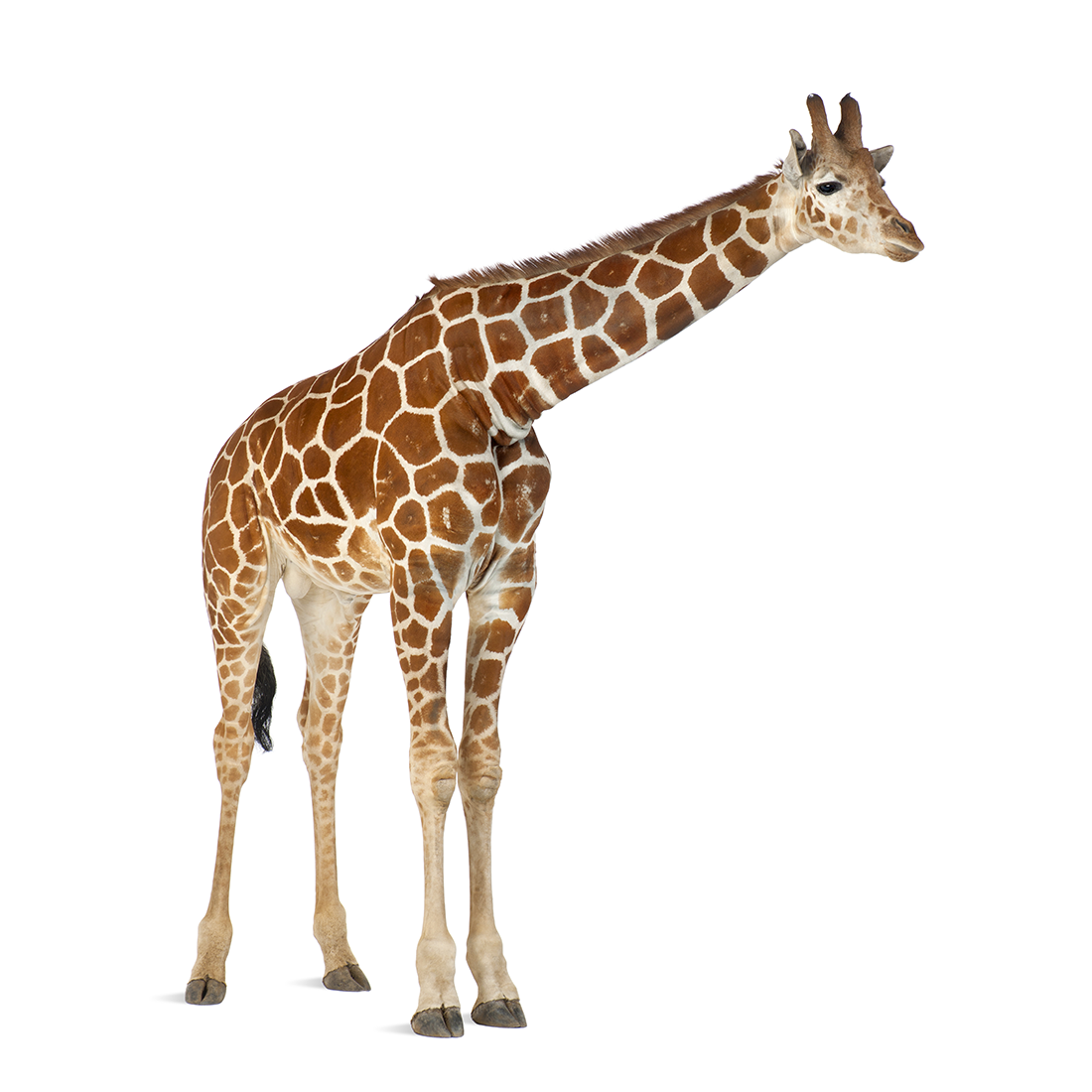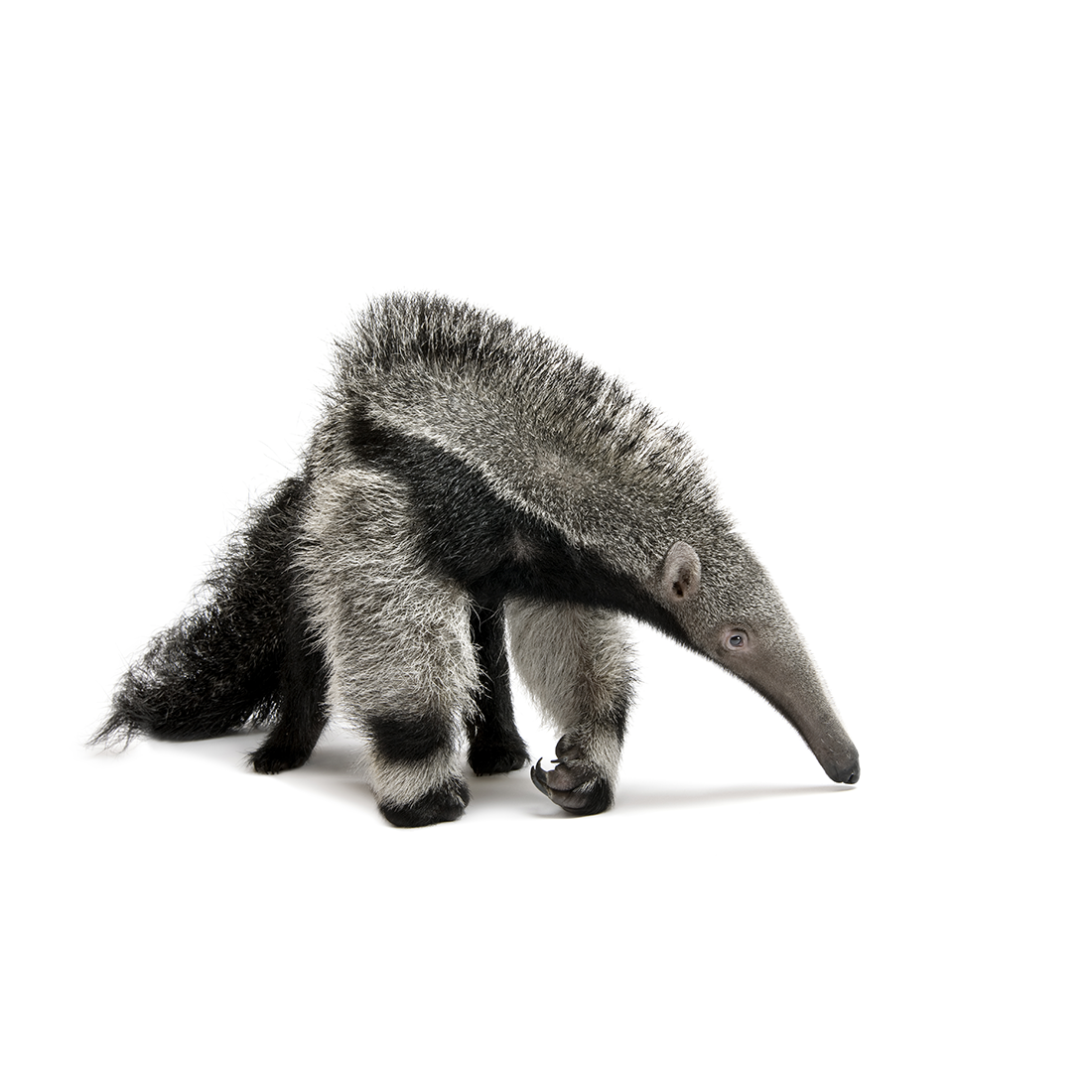Did you know that bats, like giraffes, have incredible morphological adaptations that allow them to reach new heights?
Wings and long appendages permit these species to reach a food resource inaccessible to other mammals.
The extreme morphological adaptation, that most biologists since Darwin attribute to competition with other mammalian browsers, allows giraffes to attain foraging heights of 17 ft. Elongated limbs permit giraffes to outreach and therefore, minimize interspecific (occurring between different species) competition, particularly during dry-season bottlenecks when leaves become scarce.
Similarly, the wing morphology of bats enables them to dominate the aerial nocturnal ecological niche. Most insectivorous bats forage at heights of 6.6-98.4 ft., and some molossids hunt at altitudes of 1300-2900 ft. Groups of Mexican free-tailed bats (Tadarida brasiliensis) fly at speeds averaging 25 mph, at altitudes greater than 9842 feet above ground level. The colony of T. brasiliensis at Carlsbad Cavern forages at an altitude of 2460 ft in a space of nearly 960 cubic miles!




